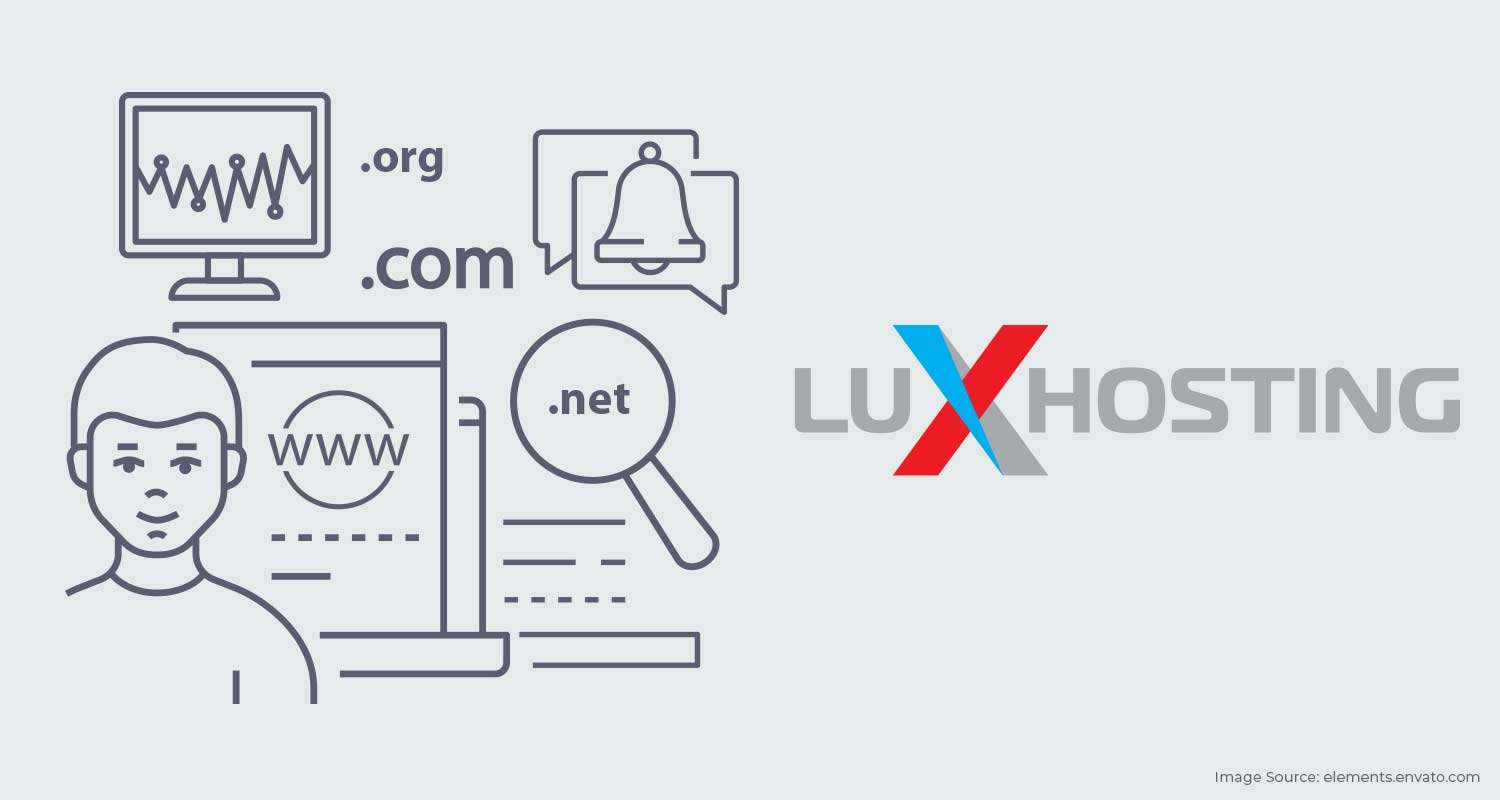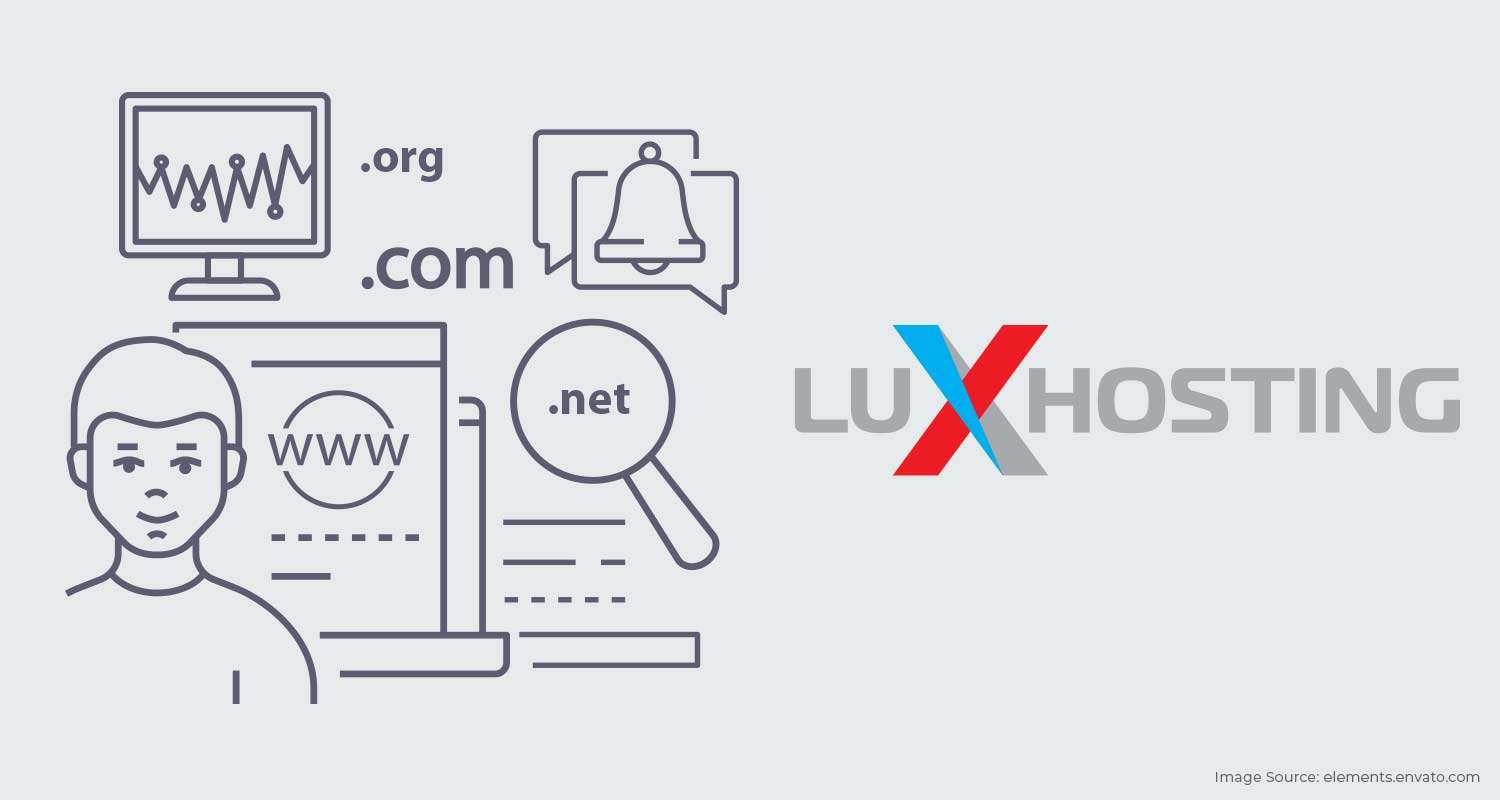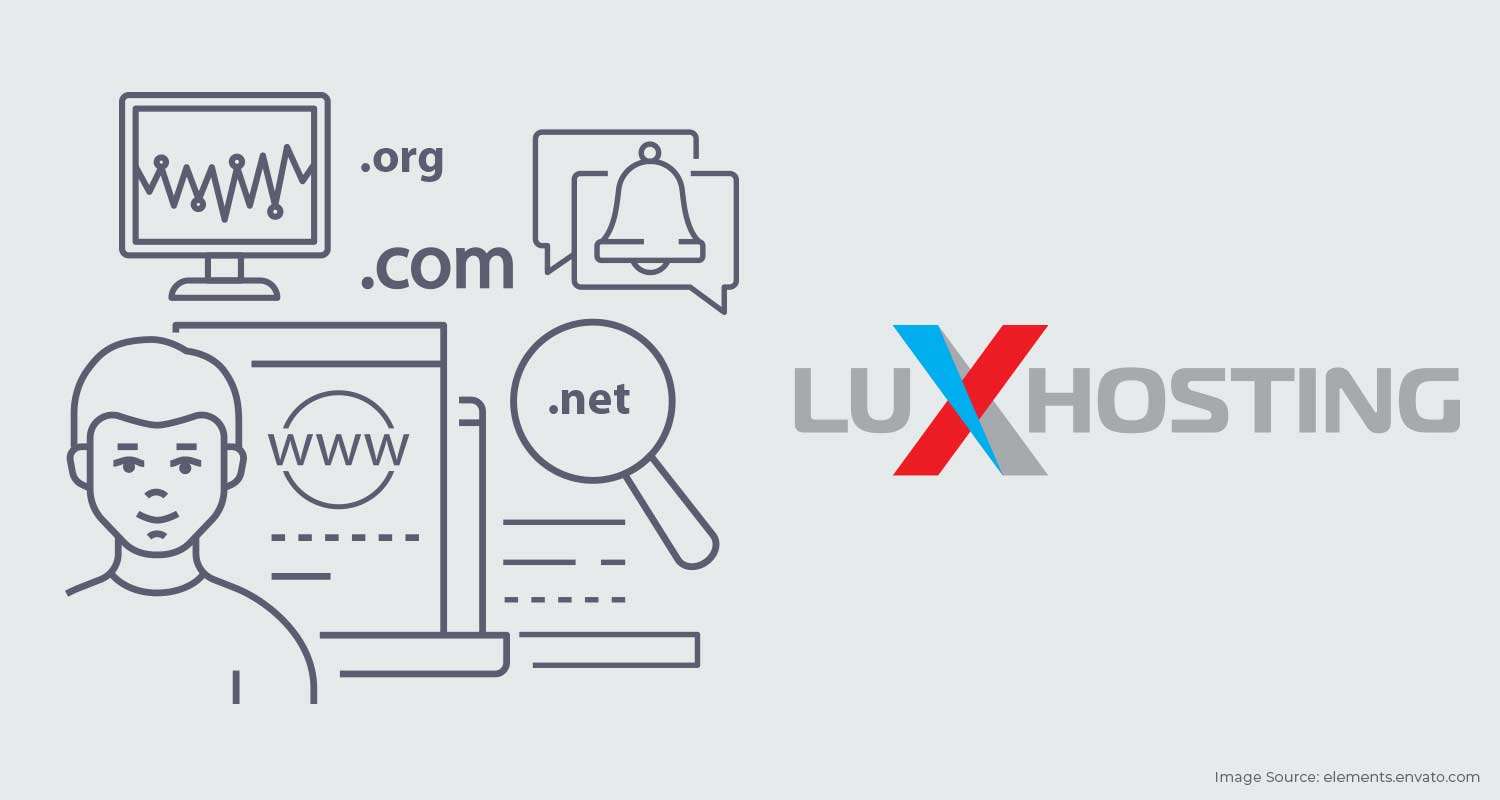Web hosting is an industry with specific jargon and vocabulary and if you aren’t technically savvy you may find that you’re confused. So, when considering a hosting solution it's best to understand some of the basic specifications of a great plan. We’re here to help you understand the major aspects of an excellent hosting solution. In particular, the web hosting solutions, like data transfer, RAM etc. In this article, we’ll discuss what is bandwidth, why having a lot of it is beneficial for your website and how to check for it within your cPanel account. When it comes to web hosting and running a fast loading website a lot of customers look for a hosting package that includes a healthy amount of bandwidth.
What is Bandwidth?
A wired or wireless network requires a high capacity communications link in order to transmit the highest amount of data from one server to another. Data transfers are typically performed over a computer network or internet connection in a specific amount of time. This transfer capacity is called bandwidth.This is the rate at which data is transferred and it is usually measured in seconds. However, bandwidth cannot measure the speed of your network,. This is a common misconception. On the other hand, it is needed for information to be transmitted over a network. Normally, when it comes to data transfer speeds it is measured and expressed in bits per second (bps). However, with the evolution of the internet, modern networks have links with great capacity. As a result, bandwidth can now be measured in millions of bits per second. The bigger measurement is megabits per second (Mbps) and billions of bits per second or gigabits per second (Gbps). Most commonly, data transfer connections are symmetric with data capacity the same in both directions for uploading and downloading data. It can also be asymmetrical, where downloads and upload capacity measure different speeds. In asymmetrical connections, the upload capacity is classically smaller than download capacity.
How Bandwidth Works
In order to send large packets of data across a connection, you need a lot of bandwidth. So consequently, the more data transfer capacity a given connection has, the more data it can send and receive at once. It is important to note that, when it comes to hosting solutions, the amount of bandwidth a server has determines the capacity of the communication link to send data across per second. End users pay for the capacity of their network connections. That is, in terms of their ISP (internet service provider). So, the greater the capacity of the link, the more expensive their package is. Network performance depends on more than just the maximum capacity of the network connection. There are other factors that come into play. Namely packet loss, jitter and latency. These elements can affect the quality of a network and degrade it. Making a high-capacity link perform poorly with less bandwidth available for data transfer. An end-to-end network pathway usually consists of several network links. Each link has a different bandwidth capacity. Consequently, the link with the lowest data transfer capacity is often designated as the ‘bottleneck’, since the lowest bandwidth connection can limit the total data capacity of all the connections in the path.
Testing your Data Transfer Speed
A bandwidth test uses an application that sends one or more files of a particular size over a network to a distant computer (for example, your personal computer). It measures the time required for the file(s) to successfully download at the end destination. Then, by this means finds a theoretical figure for the data speed between two or more points. It is typically measured in kilobits per second (Kbps) or megabits per second (Mbps). Data transfer test results fluctuate greatly, even from moment to moment, and infrequently produces inaccurate or improbable figures. Some factors that affect test results include:
- Internet traffic (speed commonly decreases as volume increases)
- Variable propagation delays (can inflate or degrade the result in an artificial way)
- Noise on data lines (has a real negative effect)
- The size of the files used for the test
- The number of files used for the test
- The level of the demand load on the test server at the time of the test
- Geomagnetic and/or thunderstorm activity in an area In order to get a practical estimate of your data transmission capacity (occasionally referred to as throughput or quantity), experts suggest that three or more different test sites be used and that each test is conducted six times at each site. Then the top and bottom 1/3 of the figures should be disregarded. Finally, the middle 1/3 of the results should be averaged for the most accurate estimate.
Bandwidth on Demand
Dedicated communication links with high amounts of available bandwidth, which is typically sold at a set price by the month are called bandwidth on demand. It’s also known as dynamic bandwidth allocation or burstable bandwidth and is an option that permits website owners to increase the amount of available bandwidth at specific times or for specific purposes. On-demand bandwidth is a method used by providers that can deliver added capacity on a communications link to accommodate bursts in data traffic that momentarily requires more bandwidth. Instead of providing the network with a lot of expensive dedicated links, dynamic bandwidth allocation provided by hosting and internet service providers is frequently used in wide area networks to increase capacity as required for a specific event or at a specific time of day.Using this method, bandwidth on a shared telecommunications network can be amplified, and users pay for only the supplementary bandwidth they use.Burstable bandwidth is offered by many service providers since the network links they offer to customers have additional bandwidth available, however, customers only pay for the capacity needed. For example, a 100 Mbps link might be able to burst up to a gigabit per second because the service provider's connection has an available infrastructure with that capacity. If you need more than the absolute maximum bandwidth available on that link, another physical connection would be required with a high capacity. At other times, a service provider will allow customers to burst beyond their allocated data transfer capacity without charging additional usage fees.
Bandwidth and Web Hosting
The amount of data transmission capacity your hosting package has, assures optimal site performance under high traffic spikes. High allocations of data transfer directly translates to the number of people that can visit your site all at once. Your business success hinges on how your website performs under heavy traffic flow and that’s why bandwidth allocation is so important. It directly affects the quality of user experience (UX). Which means the more bandwidth your website has the better the performance. In fact, your website design can also be affected by bandwidth. The more complicated the design the greater the data transfer capacity needed to ensure it loads at optimum speed. That’s why web design has evolved to be more responsive and web developers favour more minimalist designs.
Unlimited versus Unmetered data transfer
A lot of hosting providers will offer unlimited bandwidth with their hosting packages, which sounds like a steal of a deal on paper. However, unlimited doesn’t always mean free for all. A lot of hosting companies’ definition of unlimited bandwidth is used as much as your website is free up to a point, like 10GB and then we will charge you for additional bandwidth. Whereas unmetered bandwidth is more transparent with its limitations. Hosting companies will charge you a fee for the unmetered bandwidth and you simply use what your website needs. The average website requires just 5 GB bandwidth per month. If you're looking for a budget-friendly plan for your online project choose Luxhosting private hosting plans which start with 10 Gb bandwidth. Still not sure what's right for your site? Chat with our experts so we can calculate this for you.



